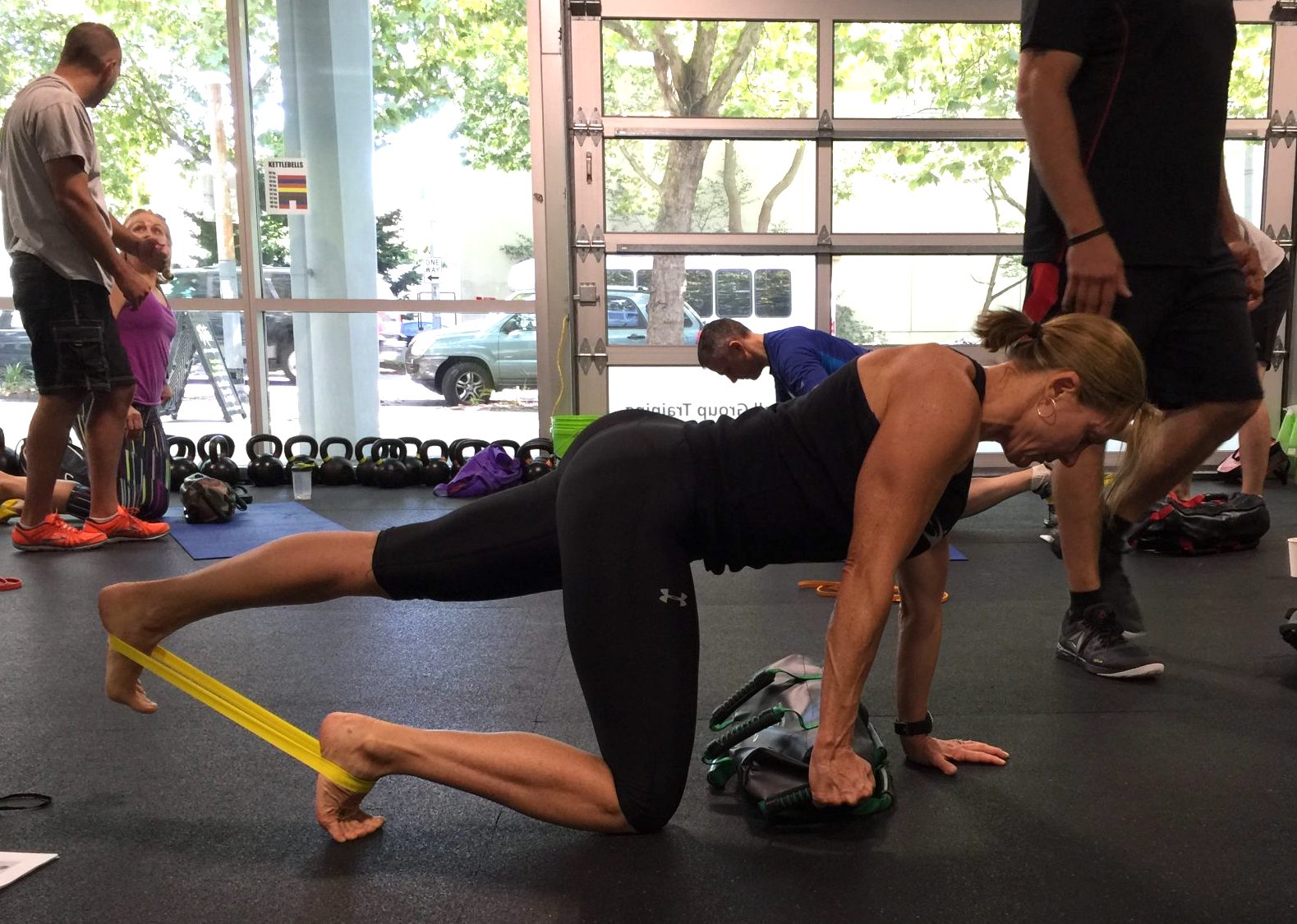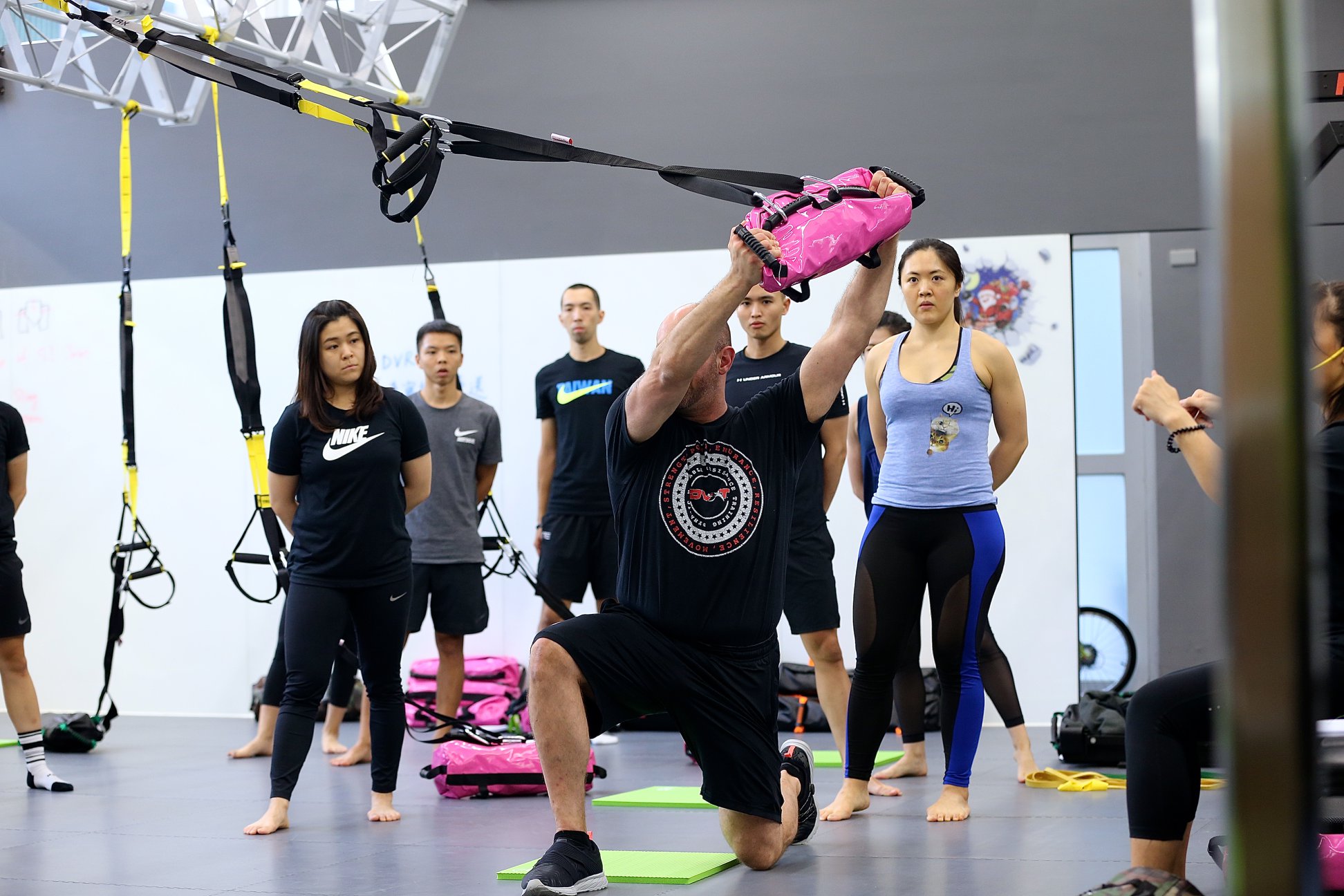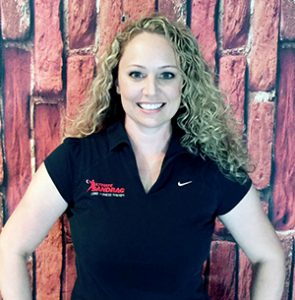3 Myths Of Helping Low Back Pain
2020-06-21
Jessica Bento, Physical Therapist (Creator of DVRT Restoration, Level 1 & 2 Certifications,
Shoulder & Pelvic Control Courses)
I like to believe what makes any physical therapist good is an opportunity to treat a host of different issues and work in different arenas of therapy. While most are familiar with the orthopedic side of therapy, there are many disciplines like neuro, pediatric, sports, and many more. For myself, I got to work in many of these different areas of therapy and I like to think that is what has allowed me to have a more holistic outlook on the body and helping people. Combine that experience with personally having gone through some really big health challenges myself I believe gives me a unique perspective. Don’t get me wrong, I am not sure that going through health issues is something to be super proud of, but I can empathize greatly with people when it comes to low back, shoulder, and knee pain. You must be thinking geez she is a mess! Well, I’m definitely not in my twenties or my thirties for that matter. I trained hard when I was younger and was an athlete, with that came injuries. Injuries that included the low back and shoulders, so yes, I know what works, what doesn’t and what people can or cannot do with their injuries pretty well.
So when I see more and more information out there on how to relieve low back pain I kind of cringe, you know the ones, top five exercises to help with the low back, what you aren’t doing for your low back pain, the missing low back secrets you haven’t unlocked…you get the idea. I feel that some of these people espousing this information have never actually experienced low back pain or worked with people in pain with some of the exercises they are telling people to do as I know right off the bat how impossible some of those things would be for someone in pain to do.
Myth 1: Just get stronger
Telling someone that has low back pain to just get stronger, is like telling someone just go run a marathon when they have never ran before. Where do you even start?
I bring this myth up because the last thing I would want to do if I low back pain would be to heavy deadlift or squat more. Now I might be exaggerating because not all say that, but I see that all too often, heavy deadlift, more kettlebell swings, and you name it, being given to individuals suffering from low back pain. Coming from someone with a long history of low back pain, I will be the first to tell you those exercises would be the last thing I would want to do initially, I don’t think there would be any way I couldn’t even perform them without hitting the ground in pain if I had acute issues in my low back.
Not to say those are bad exercise but that’s not where I would start nor what I would value as a great low back “fixer upper”. Those are far more advanced than most people realize and require good movement patterns before we even delve into heavy loading or power based exercises. When you have low back pain you often have altered movement patterns.

Being purposeful and knowing what we are teaching about a movement creates a much better result than just seeing how difficult we can make an exercise or how tired we can make someone.
As world renown spine expert, Dr. Stuart McGill explains, “Many therapy approaches have the objectives of strengthening muscle and increasing spine range of motion. This is problematic (Parks et al, 2003) since those who have more motion in their backs have a greater risk of having future back troubles. Strength may, or may not, help a particular individual as strength without control and endurance to repeatedly execute perfect form increases risk.”
That is why teaching foundational movement patterns is so important and taking our time making sure we are building control and the ability to repeat good movement is so essential in building better foundations to help low back pain. This is a big shift for many because we often like to think everything is a “strength” issue. In other words, if we just improved “this or that” muscle we would help low back pain issues. However, the science just doesn’t hold up to that line of thinking. Again, so well stated by Dr. McGill…
“deficits in motion and motor patterns have been documented as being more critical and thus should be targets for therapeutic exercise. For example, people with troubled backs use their backs more. Generally, they walk, sit, stand and lift using mechanics that increase back loads. Many of them have stronger backs but are less endurable than matched asymptomatic controls (McGill et al, 2003). They tend to have more motion in their backs and less motion and load in their hips.”
Its not all about Strength, getting stronger does not equal a direct correlation to improved low back pain. Especially if you don’t have a sold foundation when it comes to performing movements. This leads us to where to start. Start from the ground up building the foundations to movements like the deadlift or the swing. Great pelvic stability drills like the below are a wonderful please to bulked pelvic stability which is what a lot of people with low back issues need to build upon first.
Learning to maintain these movement patterns in more sophisticated movements is key because our movement in life is often far more dynamic and varied than we see in the gym. Training our nervous system to coordinate such movements is so important in building that our body uses good movement habits for movement in life.
Myth 2: Just Stretch
When I started off as a therapist, the first thing I would do with my low back patients is get them on a table and hand them a stretch strap and tell them to go to town with their hamstring stretches, quad stretches and piriformis stretches…it was like ten minutes of just stretching and nothing ever changed. They still all complained of tightness.
What I didn’t understand was that it wasn’t really tightness, our body was putting on the breaks. What I needed to focus on was turning on the core so that the extremities could move better. You have heard us talk time and time again about proximal stability for distal mobility and this is where I should have started my patients, not static stretching but active core work as and initial warm up for them.
Famous physical therapist, Gray Cook, says it so well, “Tightness is often a way that the body uses parking brakes in the absence of real, authentic braking systems. The braking system that the body has is called motor control and it is finely tuned to input, processing and appropriate output. When a fault is present somewhere in that system—somewhere in movement, somewhere in that coordination, timing and symmetry—a dysfunction is observable.”
Motor control is best reflected in building quality movement patterns in varied environments. It is researcher, David Frost, that coined the saying, “keep the standard, change the condition.” Far too often we think that in only terms in adding more load or performing more repetitions, but as you see in DVRT we show that is a far more thoughtful manner. We use concepts like body position, load position, and planes of motion not to just challenge an exercise but to reinforce how to keep proper movement patterns in different environments while keeping our standard of movement.

The exercises that actually make a difference in low back pain often don’t look like the typical “ab exercises” and aren’t the advanced drills that many in fitness promote.
However, many times we have to first teach how to have that proper core stability and control. Our “tight” hamstrings for example are often a response to our body perceiving our spine to be unstable. When we create proper stability our nervous system takes those brakes off! Accomplishing the goal of providing such stability isn’t achieved just by doing a bunch of planks, heck, a lot of the drills that are most effective look like nothing that most have ever done before. Using patterns like lifts/chops, Around the Worlds, and such types of drills actually teach our body to activate deep core stabilizers that give our body true stability and can help low back pain quite a bit.
Unusual looking drills like you see below are about stimulating that core stability that really addresses the true issues of low back pain. You can start simple and move to more complex environments as you see in some of these progressions.
Myth 3: Its not all about the low back
Hopefully if nothing else, you have learned just in this blog post that low back pain isn’t necessarily about the low back. When we talk about the low back we tend to just focus right on the area that is hurting and not realizing that the pain is most likely the case of something much bigger going on. Typically as a young therapist, my protocol for low backs was hot pack, stretching, ultrasound a little manual therapy and then very old school pelvic tilts with a blood pressure cuff, bad bridges, maybe some clams, really really really bad bird dogs…pretty much everything I wouldn’t do today.
My approach begins like I had mentioned previously with building the solid foundation through a lot of the pelvic stability drills, focusing a lot on core activation and then progressing to more complex movements and exercises once the foundation has been build. Too ofter people just build that fountain and then they progress too quickly to movements that end up hurting them in the long run.
Probably the BIGGEST lesson I have learned over the years in working with patients and now in more fitness environments is that intent is everything. You can do a bird dog, you can do a plank, you can do a host of exercises that in most cases would be agreed upon to be good for low back pain. However, if you don’t have the right intent behind how you use your body and what you are teaching your body about better movement then you don’t get the result. The reason Josh and I can often get the “magical” results that other struggle in achieving is because we pay attention to how the movement is performed, not just that it can be or how difficult we make it. Below is a great example of how we teach something as “simple” as the side plank and break down important coaching points so you can get the results that truly makes difference in helping low back pain. That is what we are all about, how can we make a true positive difference for people.
DON’T MISS SAVING 30% ON EVERYTHING AT DVRT RIGHT NOW AND WHEN YOU SAVE BIG ON OUR ULTIMATE SANDBAGS, WHEN YOU INVEST IN ANY SIZE YOU WILL ALSO GET OUR DVRT COMPLEXES AND WODS WORKOUT PROGRAMS FOR FREE. JUST USE CODE “SCARY” HERE
© 2024 Ultimate Sandbag Training. Site by Jennifer Web Design.








